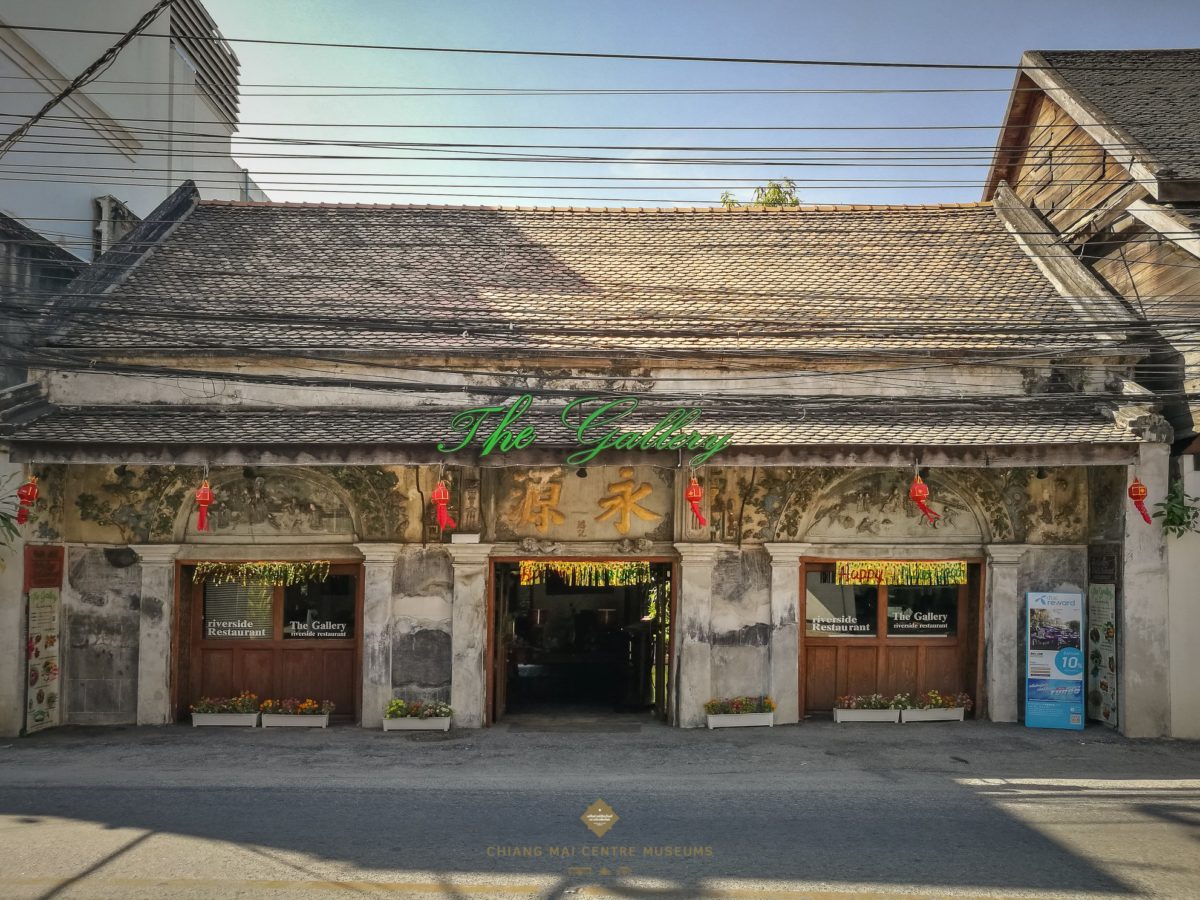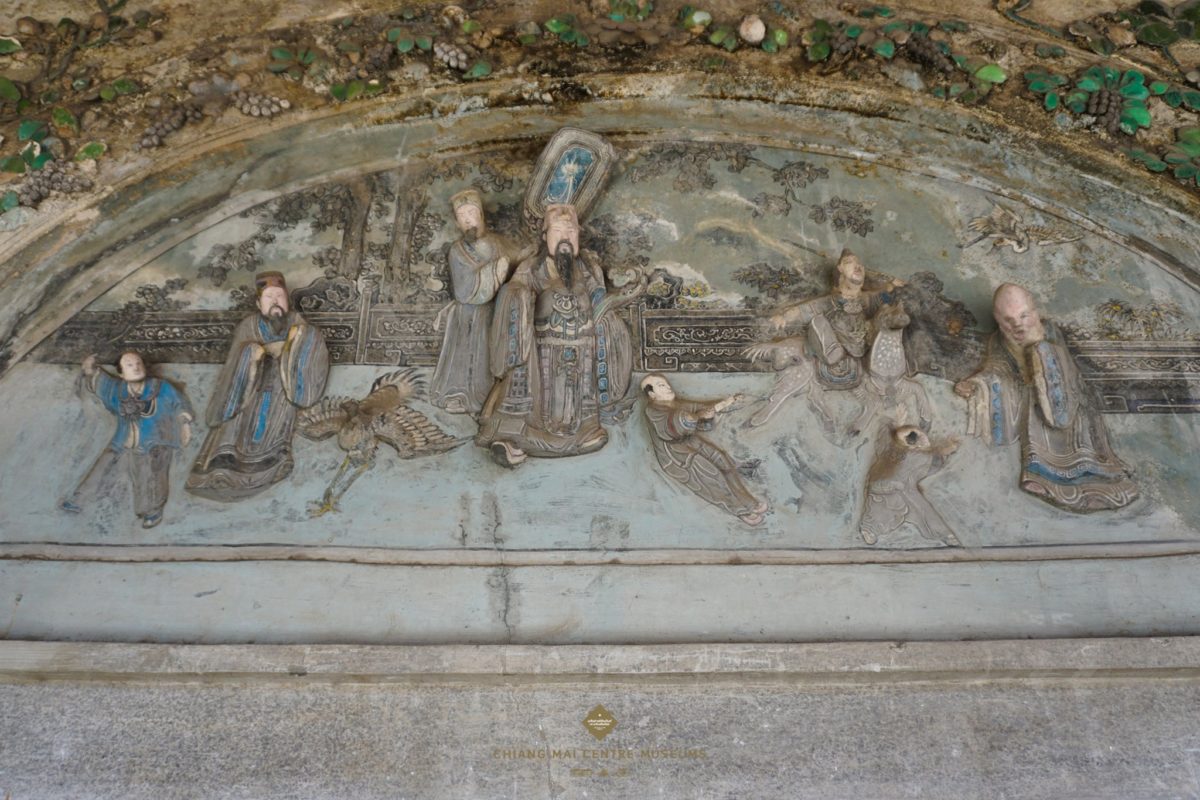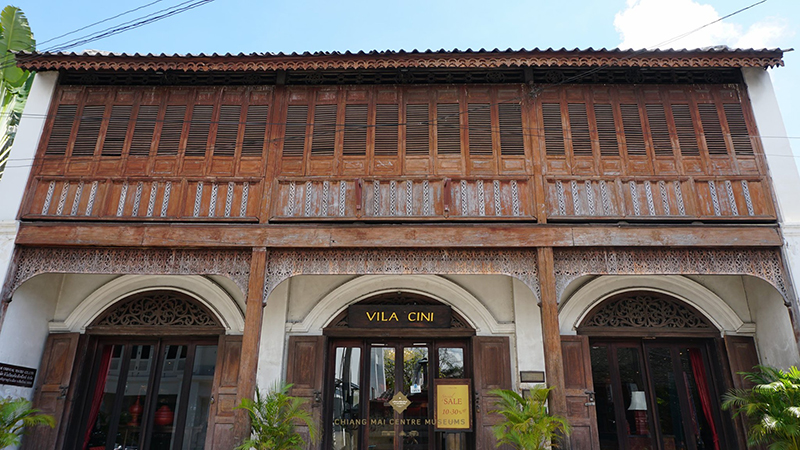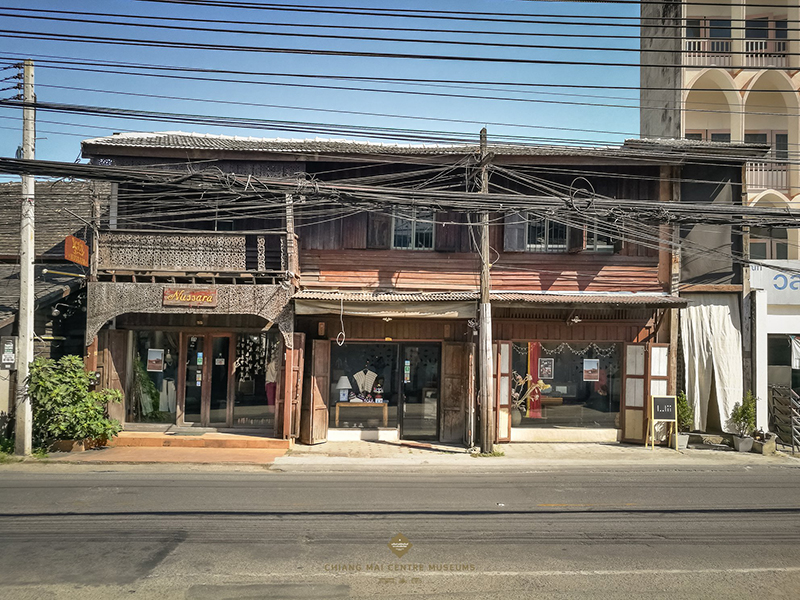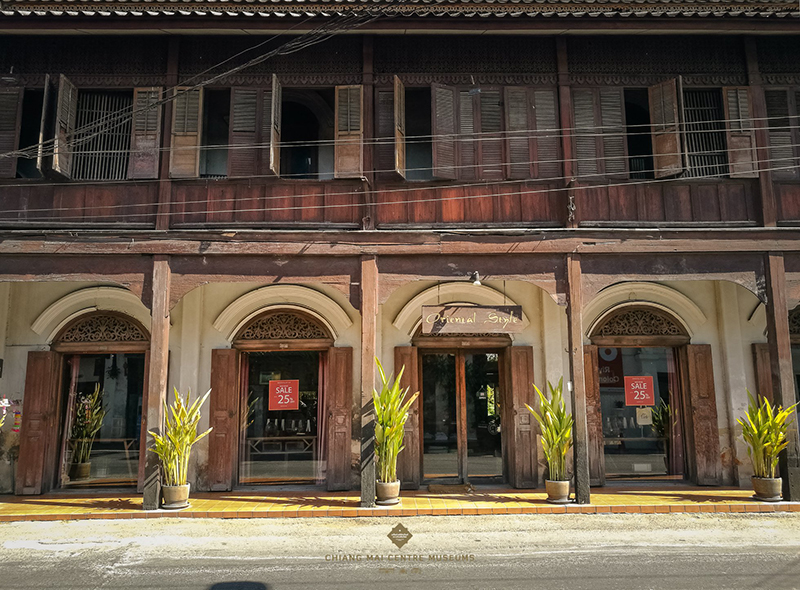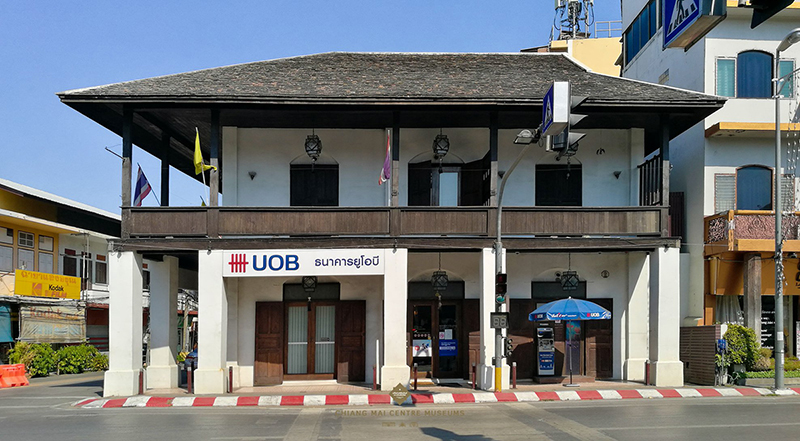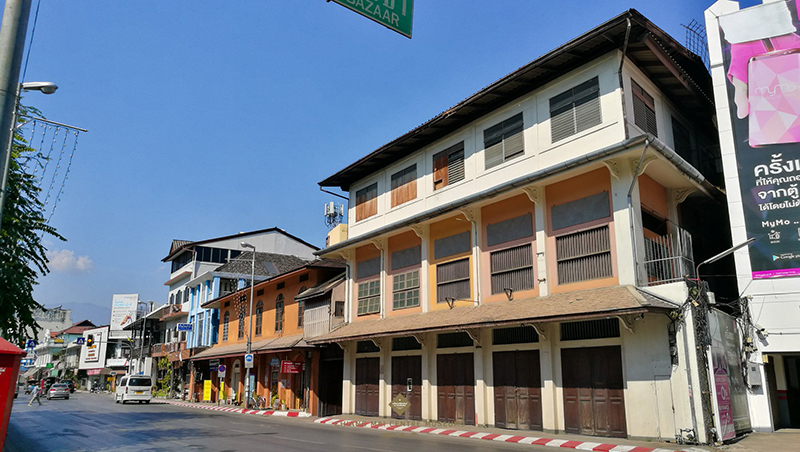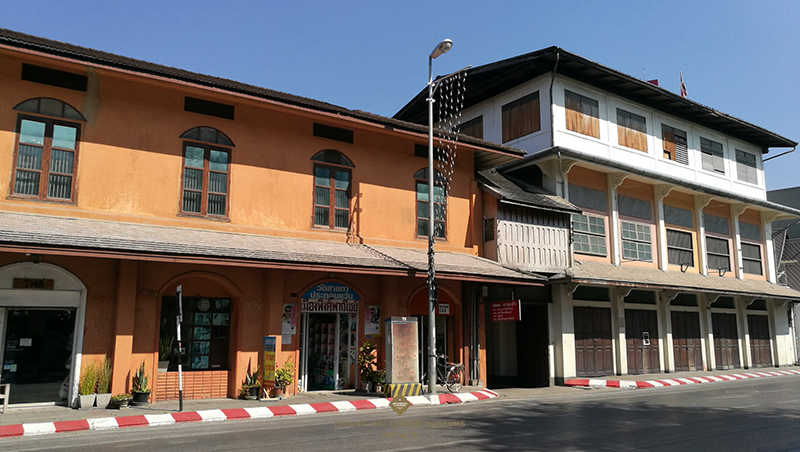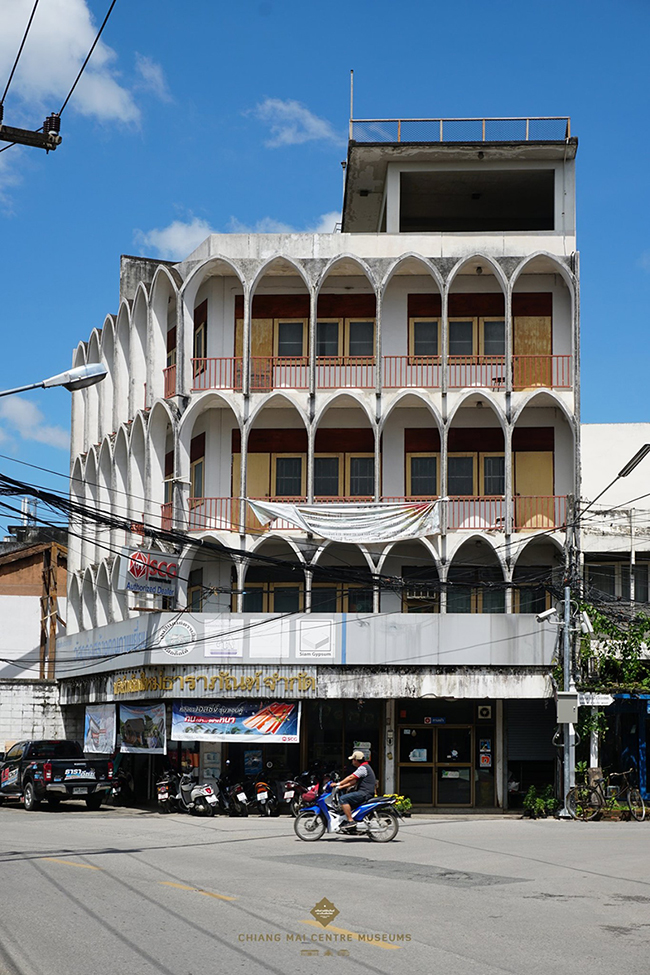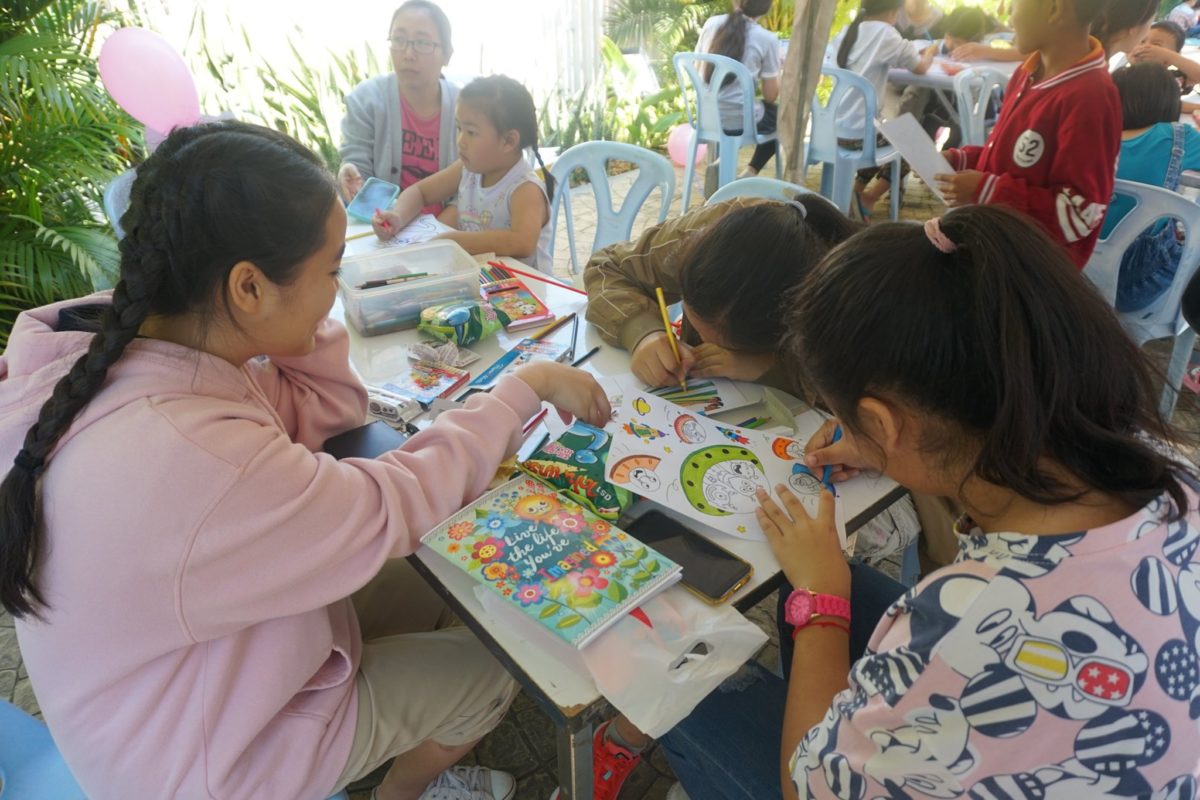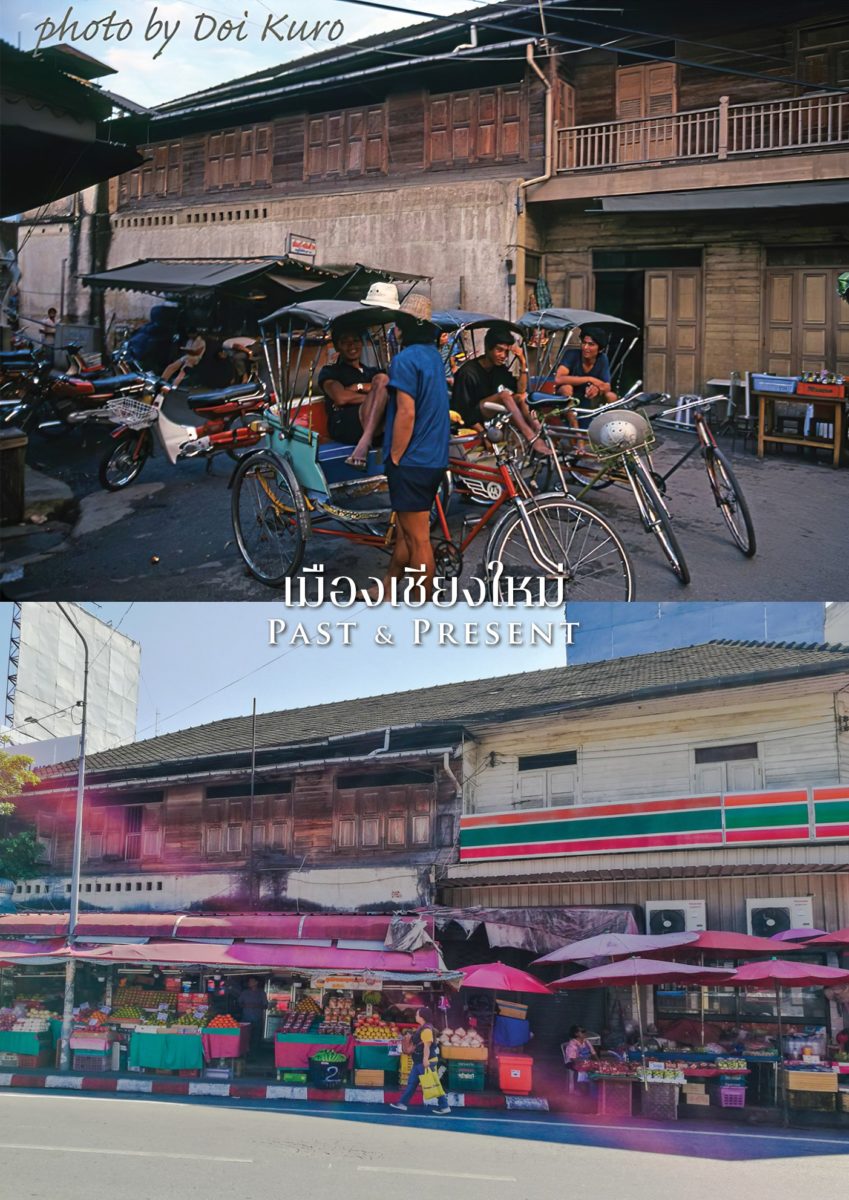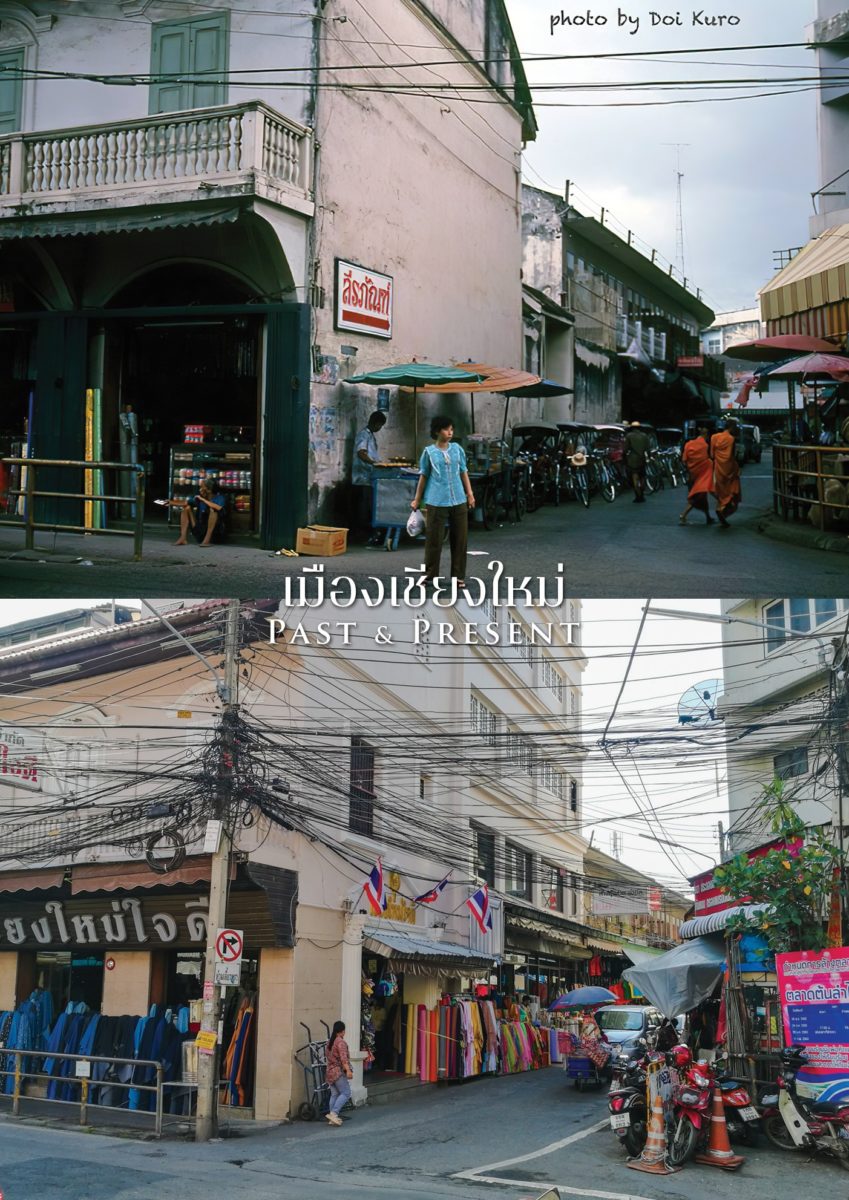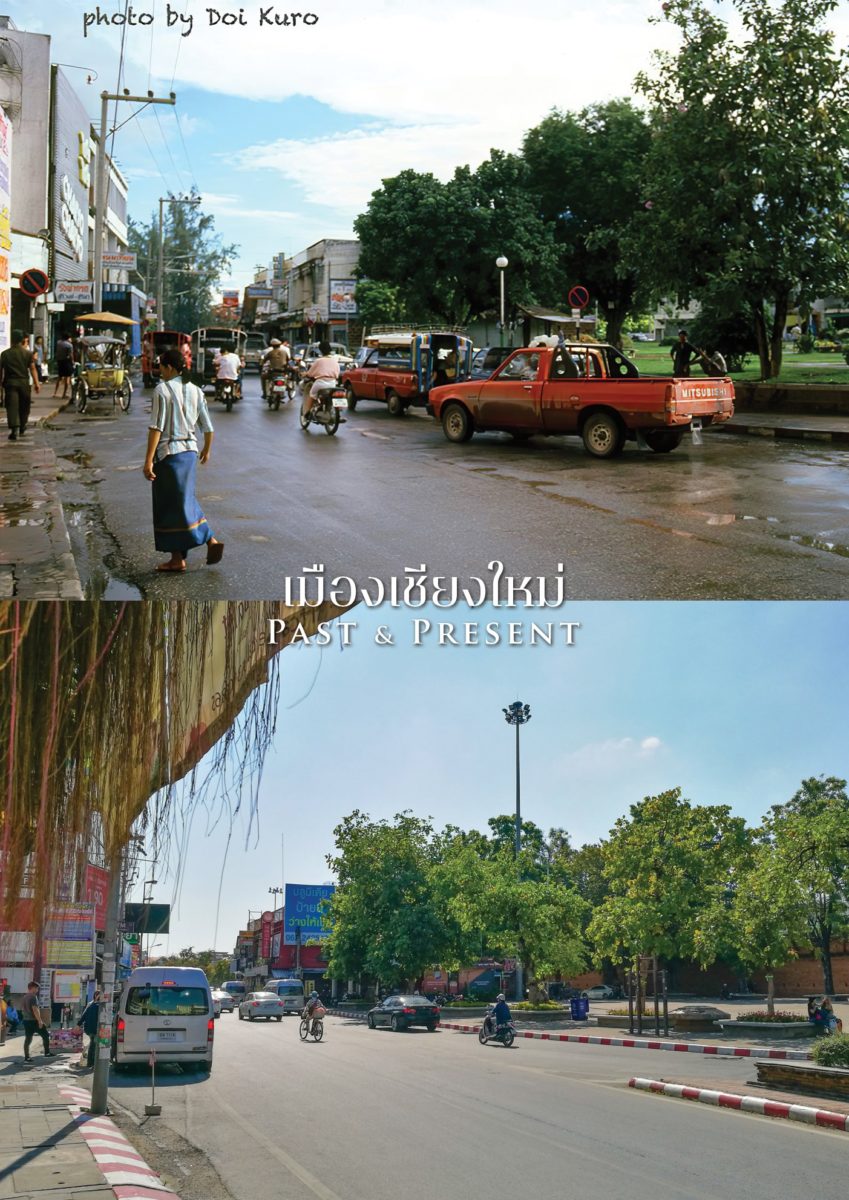Kua Huak Kua Hang
Leave a CommentKua Huak Kua Hang refers to various containers and objects from the Lanna region. Coated with lacquer from the “Rak” tree or lacquer tree that grows in local forests, these devices can be called “lacquerware”, as influenced by China. The oldest evidence for lacquerware in China dates to over 3000 years ago, and lacquer is widely used across East Asia and Southeast Asia, specifically in China, Japan, Korea, Burma, Thailand, Vietnam, Laos, and Cambodia. Lacquer is applied as a coat on various containers to lend durability to the materials in different ways, and can be decorated to add beauty and attractiveness to usable objects.
Kua Huak Kua Hang is presumed to have been used in Lanna for a long time, as the Lanna region is rich in materials required for production, particularly bamboo and lacquer. Lanna people also refer to the objects themselves, collectively, as “Kua Huak Kua Hang”, after the nature of materials used. Kua Huak Kua Hang is a combination of three words: “Kua” meaning “kitchen” which, in the Lanna dialect, refers to related objects, items and utensils; “Huak” meaning sap from the lacquer tree; “Hang” meaning cinnabar, a sulfide mineral of mercury that is ground into a red powder, most of which is imported from China. When the powder is mixed with lacquer, a beautiful red color is produced, which has become a unique characteristic of lacquerware in the region due to its immense local popularity.
Carl Bock said, of the Lanna lacquerware style, that Lanna people make “…betel nut boxes…water cups, rice bowls, and other household tools, all treated with lacquer…”. A survey found that Lanna people also like to make “other household items” using lacquer, such as chests made of fabric used for storing clothes or valuables, “Khan-toke” – pedestal trays used as small dining tables, “Bung” – containers for storing seeds or planting, similar in appearance to a sticky rice box, “Bung” or “Piet” – for transporting items to market or carrying rice, “O-harb” – containers functionally similar to Pung, “Sa Pom” – personal items similar to a wallet, used by women to carry money, most of which are beautifully decorated. It may be said that Sa Pom are the most beautiful pieces of lacquerware able to be worn and displayed in public.
The word “Khrung Kheun”, also meaning lacquerware, comes from the name of the production site and craftsmen of the Thai Kheun community, who settled in Ban Wua Lai and Ban Nantarat, Mueang District, Chiang Mai Province. This group belongs to the Tai Lua lineage from the Chiang Tung region along the Kheun River, from which they are known as the Tai Kheun people. Evidence exists that some members of this group migrated and settled in Chiang Mai, all of whom were skilled artisans excelling in metalwork, weaving, paper-craft, basketry, and lacquerware. Their method of producing lacquerware often employed a technique known as “Hai Lai”, or engraved patterns. From the reign of King Rama V onwards, these people favored engraved lacquerware which soon became widely popular. Thus, all types of lacquerwares are called “Khrung Kheun”, after the ethnic group from whence it originates.
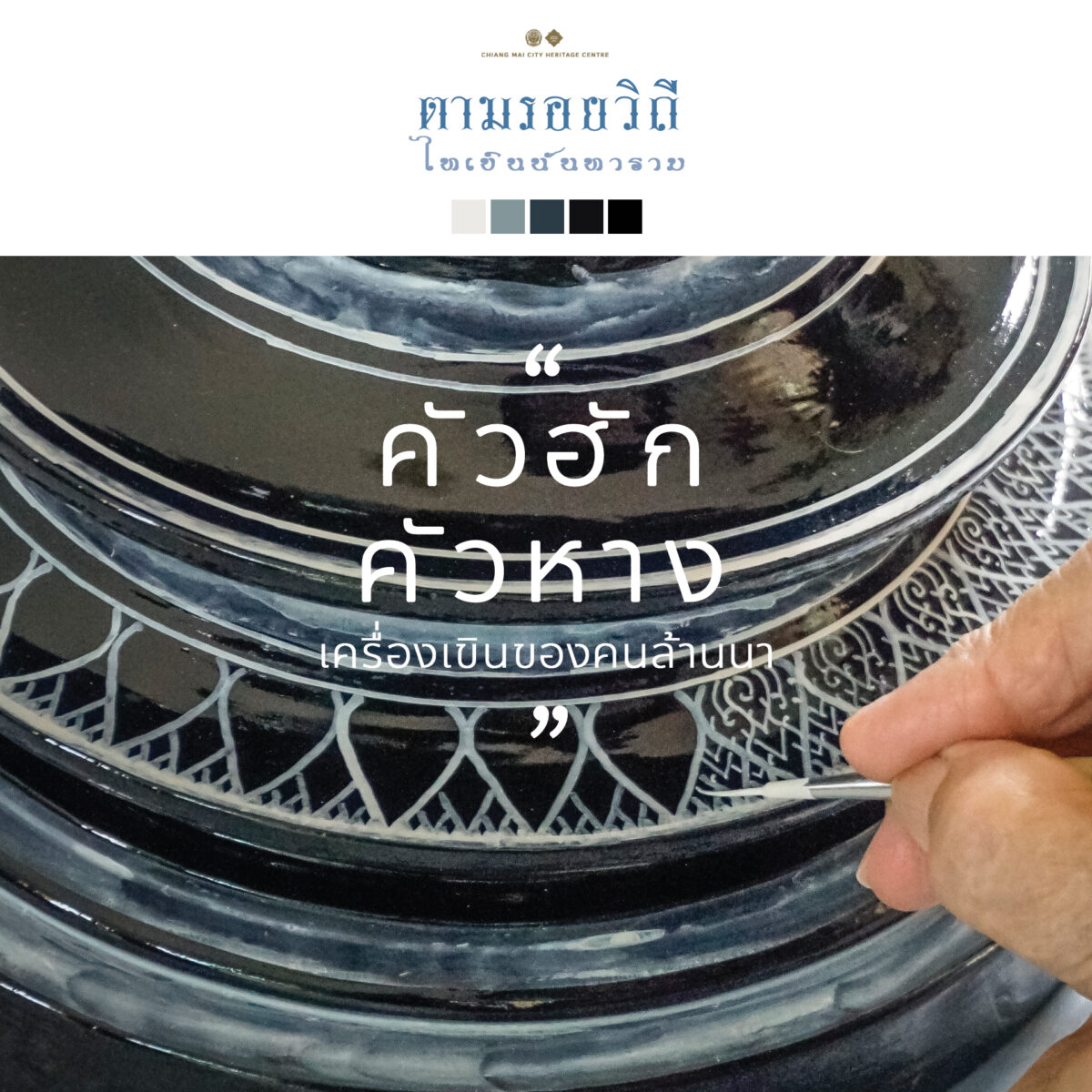
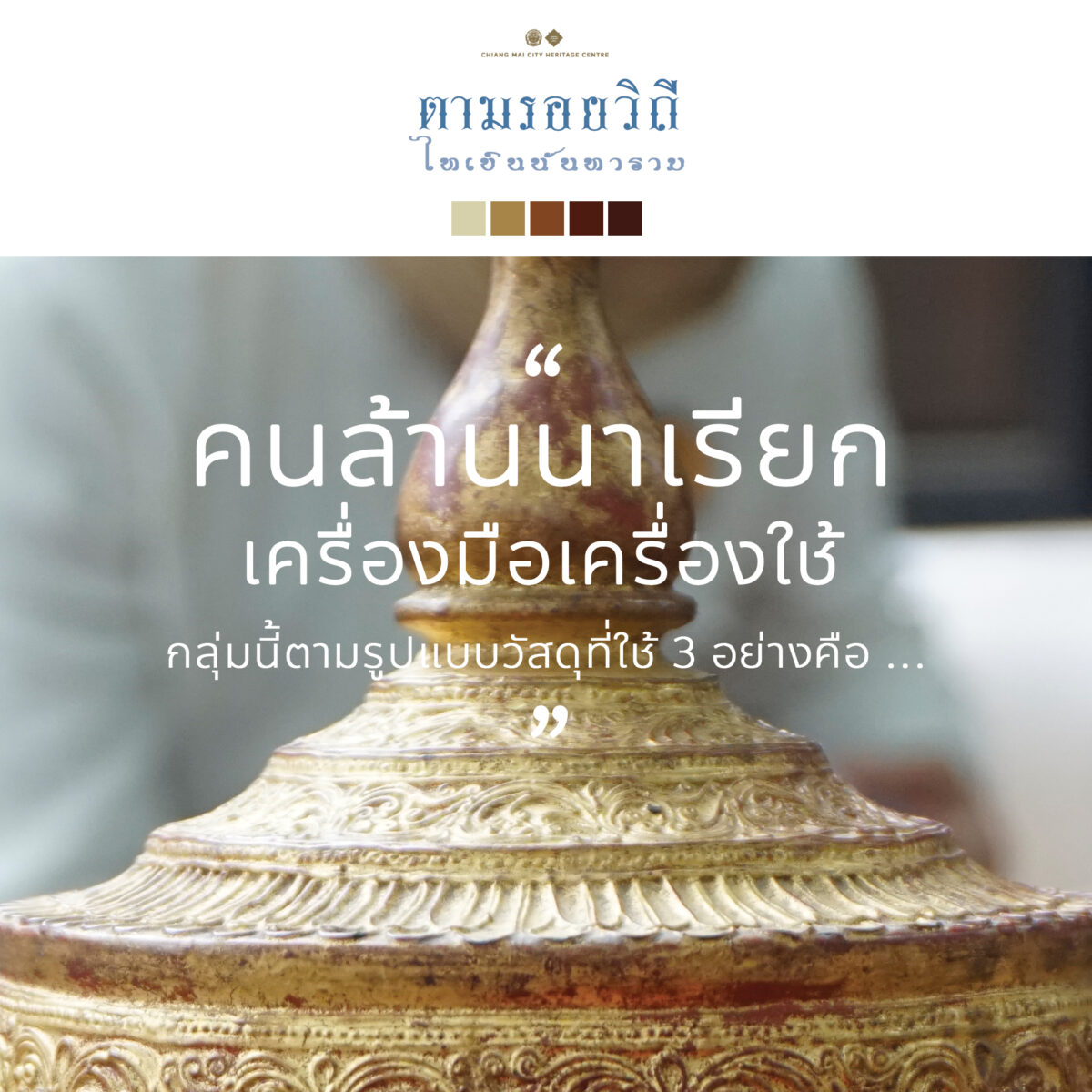
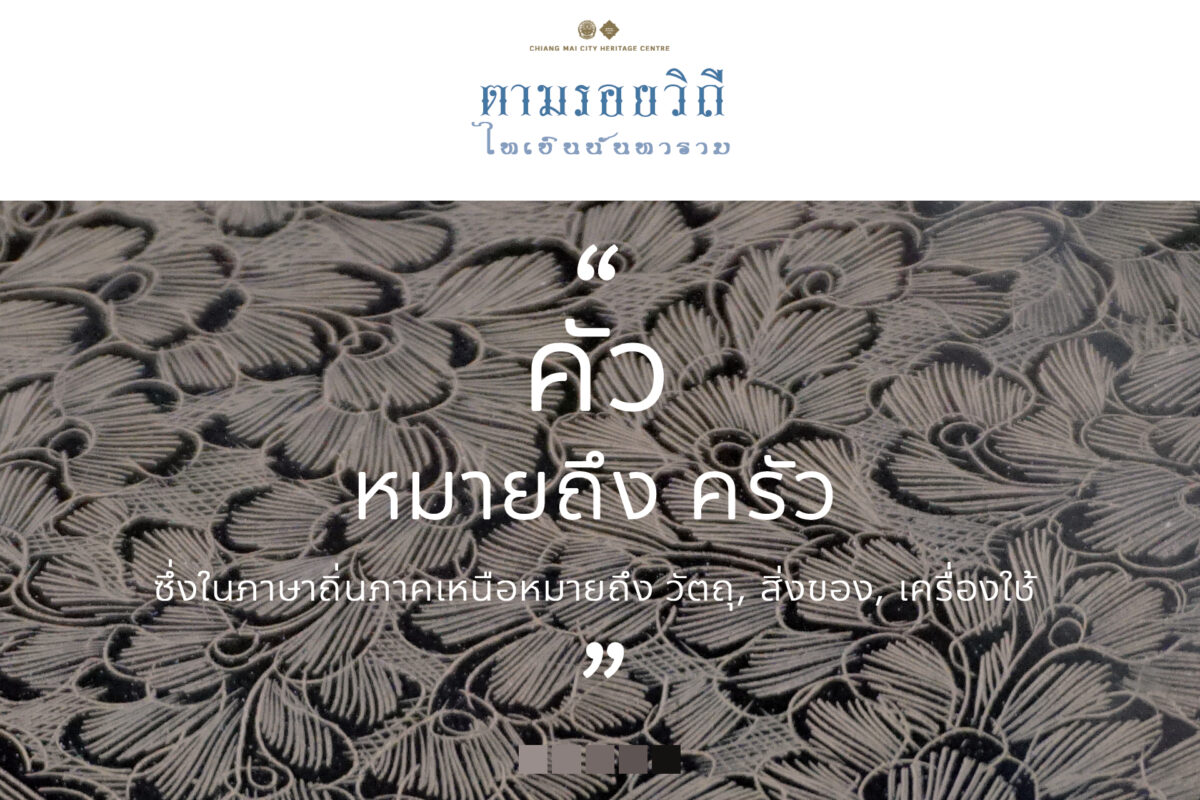
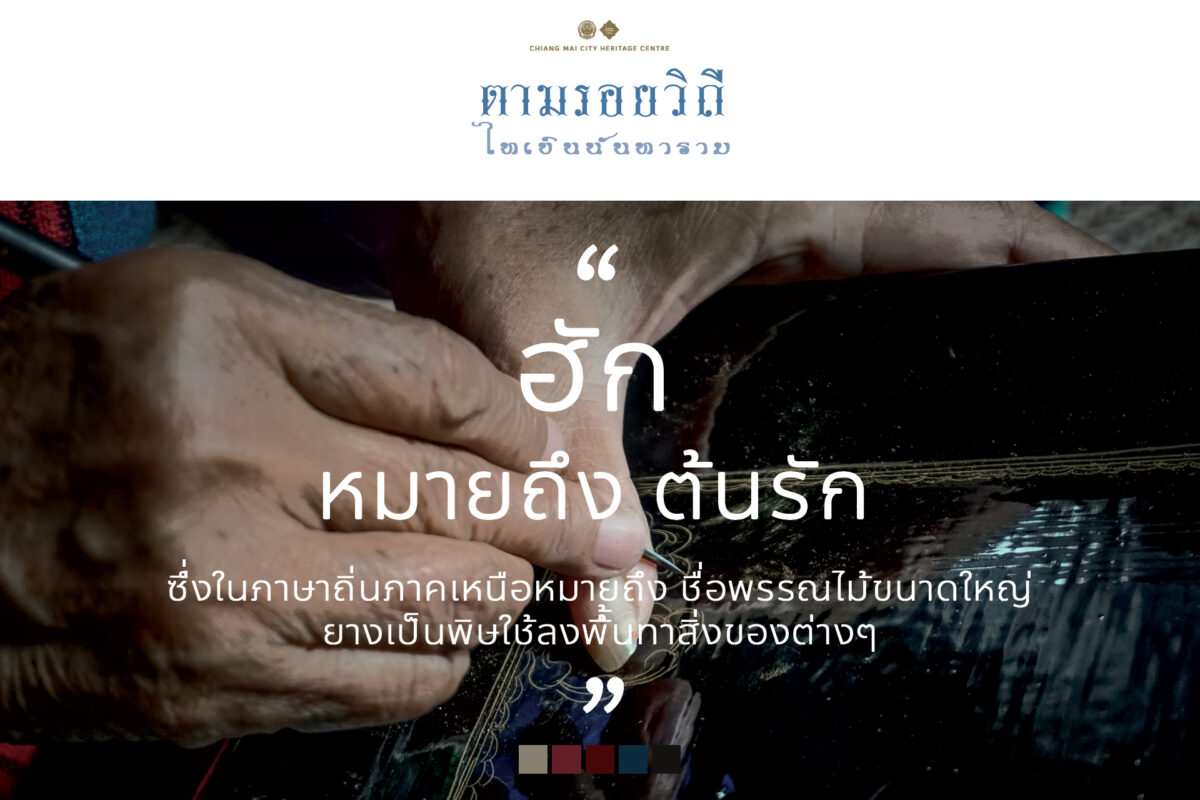


 Opening Times / Location
Opening Times / Location


